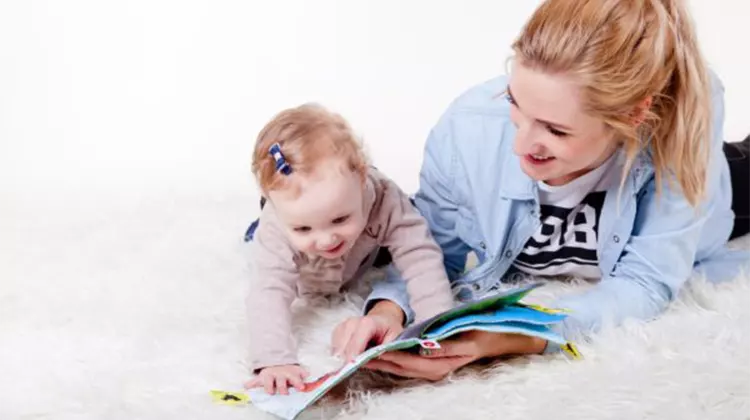Speech and language development begins the first day of life! Babies are seeing, hearing, and experiencing the world around them for the first time. Before each child even says his/her first words, their speech and language skills are developing and growing each day.
It’s sometimes difficult to say what is “normal” when each child is so wonderfully unique! Though each child’s developmental path is different, there are some milestones that we as speech-language pathologists can use as a “guide” when assessing the speech and language development of a child.
The American Speech Language and Hearing Association (ASHA) provides five charts that explain typical speech, language, and hearing development. One chart for each year of life. You can find a link to those resources here. (https://www.asha.org/public/speech/development/chart/)
The Mayo Clinic also lists some milestones to look for. Here are the major milestones that speech-language pathologists and doctors look for during a child’s first 24 months of life, according to Mayo:
By the end of three months, your child may:
Smile, coo, calm down or smile when spoken to, recognize faces, differentiate cries for different reasons.
By the end of six months, your child may:
Make noises when playing, babble, use their voice to express pleasure and displeasure, turn toward direction of sounds, notice toys that make sound, give attention to music.
By the end of 12 months, your child may:
Imitate speech sounds, say a few words such as “mama” and “dada”, understand simple directions, identify common items, turn and look in the direction of sounds.
By the end of 18 months, your child may:
Recognize names of familiar people, objects, body parts, say as many as 10 words
By the end of 24 months, your child may:
Use simple 2-3 word phrases such as “mommy, up” or “more juice”, ask questions such as “go bye-bye?”, speak approximately 50 words or more, speak well enough to be understood by close caregivers at least 50% of the time.
So, what can you do to help your child’s speech and language development? Talk to them! Narrate your life. Explain what you are doing, who you are seeing, where you are going! Read to your child each day, listen to music and sing songs together, and model appropriate articulation and language patterns!
As always, talk to your child’s doctor or a speech-language pathologist if you feel concerns about your child’s speech and language development. They can help you decide what next steps to take. Happy language learning!
References: Language development: Speech Milestones for Babies https://www.mayoclinic.org/healthy-lifestyle/infant-and-toddler-health/in-depth/language-development/art-20045163

